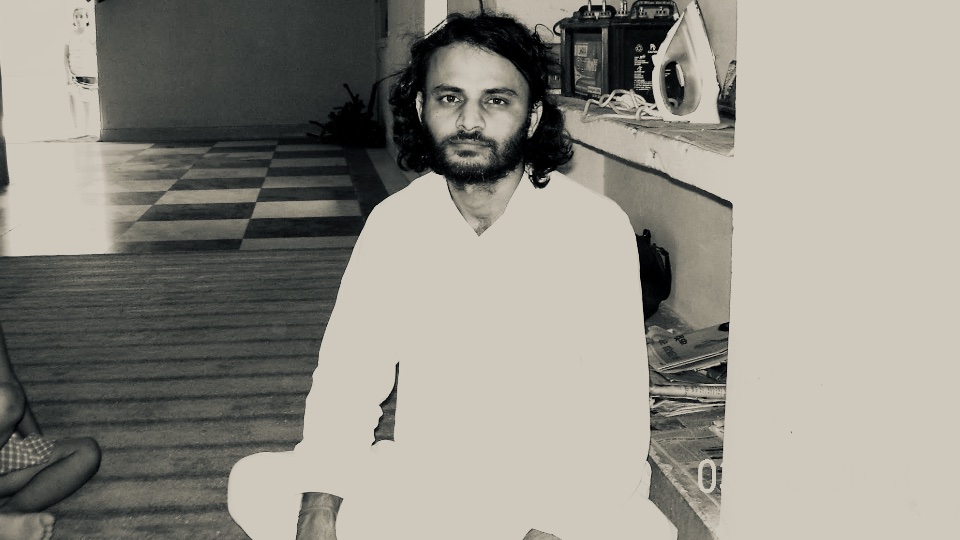
The Seer Cannot Be the Seen
3 months ago By Yogi AnoopThe Seer Cannot Be the Seen
The observer cannot be observed.
“Self” — this word, though it appears simple, its presence is both practical and simultaneously mysterious. When someone says, “I experience myself,” then here it is necessary to understand — where is that experience occurring? The experience of the Self cannot happen without the body, brain, senses, and mind. That is, it is through these that the experience of that “Self” and “I” occurs. If there were no mind, senses, or brain, then how could “I” experience the Self at all? Therefore, in my experience, the “I” (Purusha) is disabled without Prakriti, and Prakriti is disabled without the Purusha.
Note carefully — there can be no separate seer of the “Self” or “I”.
The witness cannot become the witnessed.
When it experiences itself, it does not mean that it turns itself into the seen. That is, the “I” or the “Self” becomes the seen — it is not so. How can “I” myself be the seer of “I”!
The seer is “I” itself. If some other “I” were seeing that “I”, then the “Self” would no longer be the “Self” — it would become an object of sight. But that is not the case here. When I say “I experience myself,” then the “I” is in fact experiencing its own existence through a subtle visible medium. And that medium is these material elements — the senses, brain, and mind. It is also true that when the mind becomes empty — where there is no form, no shape, no color — in that state of empty mind, using emptiness as the medium, the Self is experienced. Though even that emptiness is a subtle seen. It is somewhere invisible, but the concentration of “I” is focused there.
This experience is like looking into a mirror.
The mirror is visible to us — it is a seen object — but when we look into that mirror (the seen), our attention does not rest on the mirror but focuses on the reflection in which we see ourselves. That is because our purpose is not to see the mirror, but to see ourselves — so we see ourselves in the mirror. Otherwise, if we looked only at the mirror, we wouldn’t be able to see ourselves. We see ourselves through the mirror, but our attention is not fixed on the mirror, it remains on the Self.
Note that it is not possible to see oneself without the mirror. In the same way, the seer cannot experience itself without the support of some object or medium through which it is reflected.
That mirror, acting as a medium — which is the seen — allows the seer to experience the Self.
This same idea applies to the seer and the “I”. The seer, using the seen as a medium, is capable of experiencing the Self. If even that emptiness did not exist, which the seer is experiencing, then how could it experience the Self at all?
Exactly the same applies to the mind, senses, and brain.
When I experience myself, all of these are involved — but the experience does not rest in them. They are all mediums, instruments, but not the goal. Just as I see myself through the mirror, in the same way, I reach that “I” — the seer of all of these — through these subtle mediums.
Now, here arises a common confusion — when someone says, “I am seeing myself,” he assumes that the “I” has been divided into two parts — one that sees, the seer, and the other which is seen — so it becomes the seen as well. But that is not the case.
The self cannot observe itself as an object.
Taking subtle help from the seen, the seer experiences the Self. Just like the emptiness filled in memory — through that very emptiness, the seer experiences it and thereby experiences the Self. Even emptiness is a form of the seen. It is a part of memory. Every part of memory is seen — but through that emptiness in memory, when the Self is experienced — that is the seer. This alone is Self-knowledge. This alone is Advaita (non-duality).
Recent Blog
Copyright - by Yogi Anoop Academy
